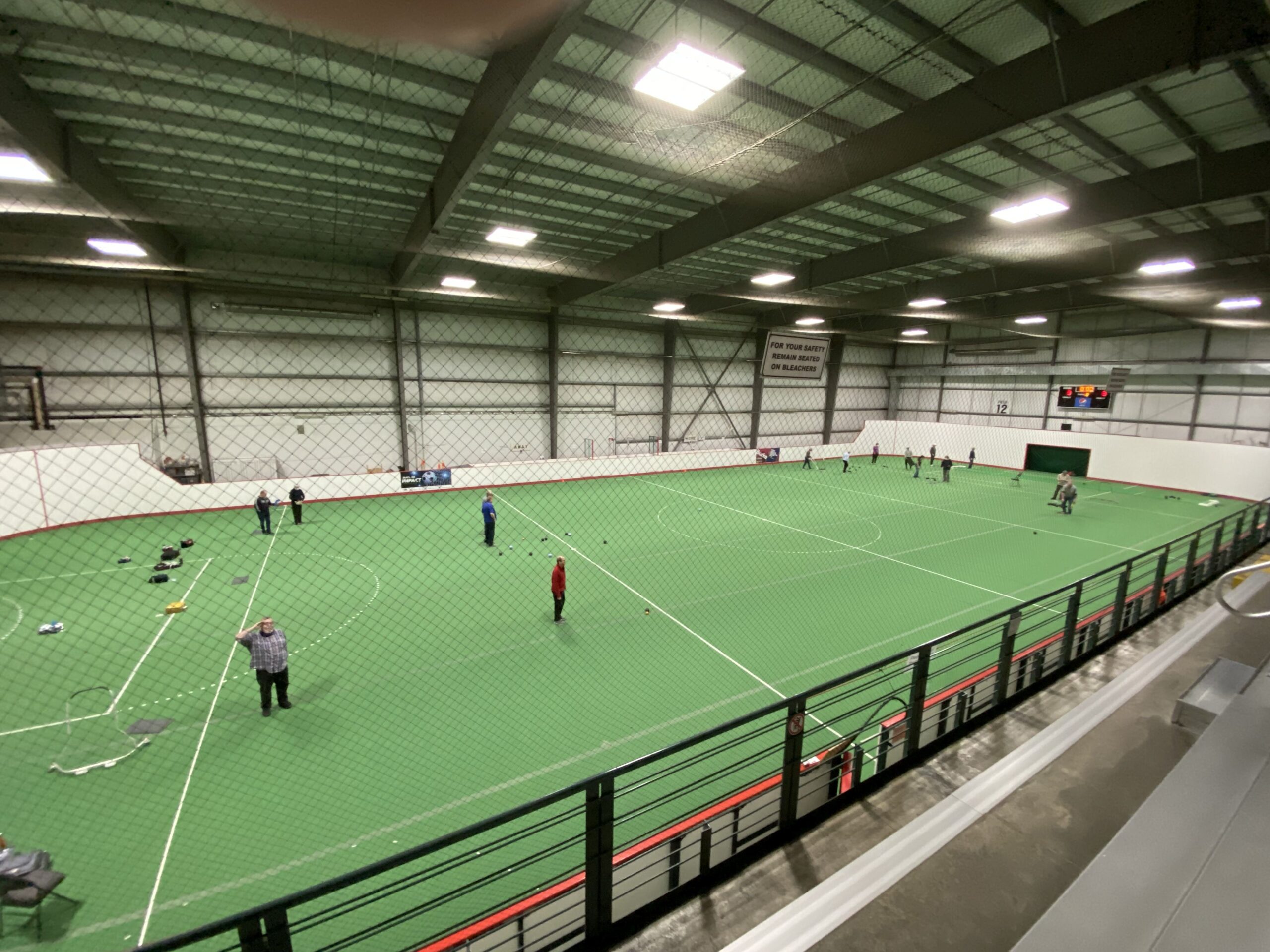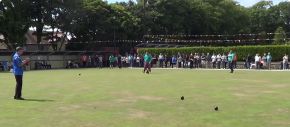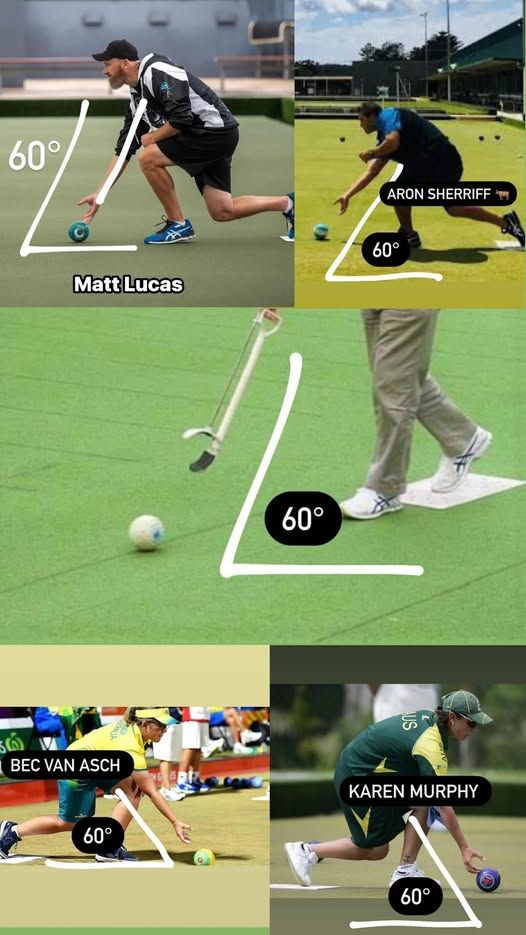Lawn Bowls
Lawn bowling or “bowls” is a casual sport where the objective is to roll a biased or weighted ball so that it stops as close as possible to a smaller, target ball named the kitty, or Jack.
The first set of lawn bowling rules was published in 1864, by a cotton merchant in Glasgow called William Wallace Mitchell.These rules still form the basis of how we play Bowls today, although some people have also adopted their own versions of the game.All you need to play a game of Bowls is a set of foot mats, a playing surface, the jack (or kitty) and a set of bowls.
The balls used for lawn bowling are available in a variety of sizes, but they all have a bias in weight which causes them to roll in a curved path. Your ability to judge where your ball will end up is where the challenge of the game comes in.
In a game of Bowls, the green is split into individual rinks, where games are played with teams of one, two, three, or four bowlers.
A “game” consists of ‘ends’. The number of ends played in any game is determined before play begins and can be as few as 10, or in the case of some games played in Australia, as high as 63. Ladies 4’s, 13 October 2024 in Australia.




Outdoor Lawn Bowls
Indoor Lawn Bowls
Indoor Edmonton Bowls Club



Short Mat Bowls
Crown Green Bowls
Carpet Bowls



Berry Lester’s tip on the optimum release point for a bowl. Some impressive bowlers internationally use this release.